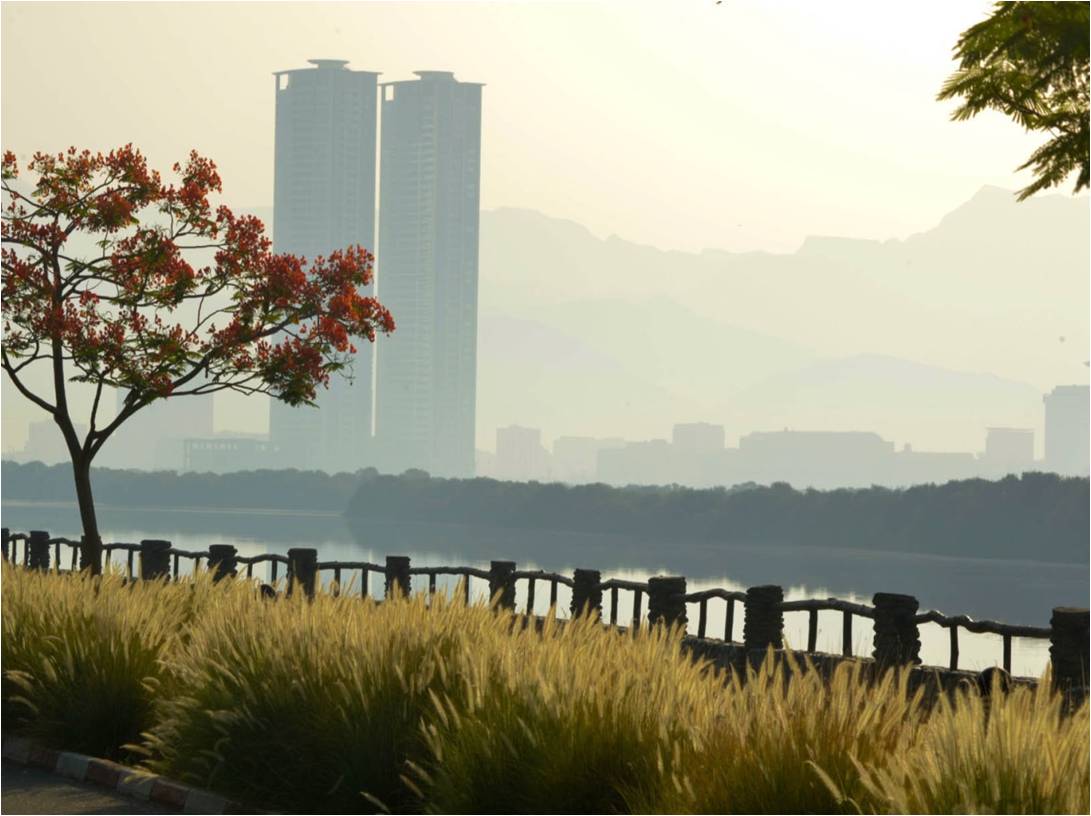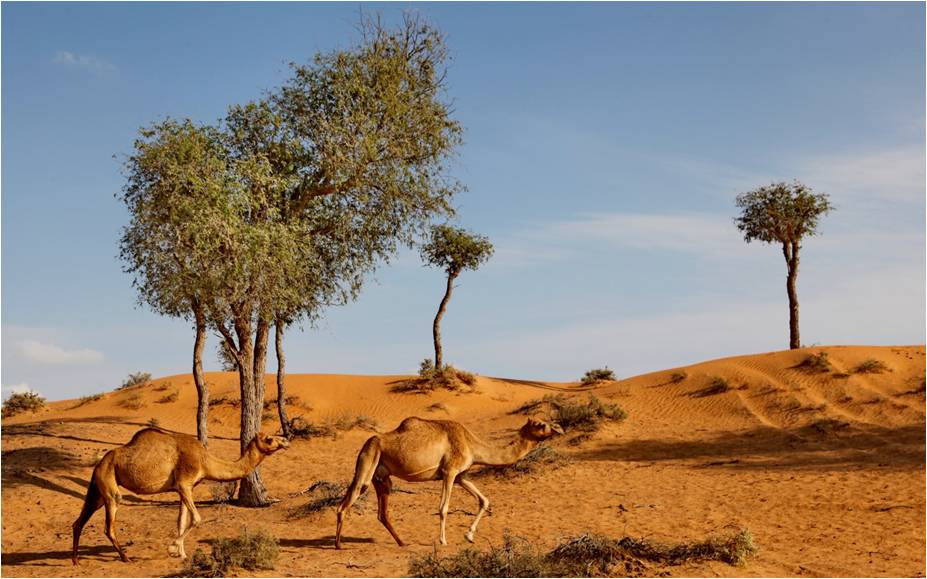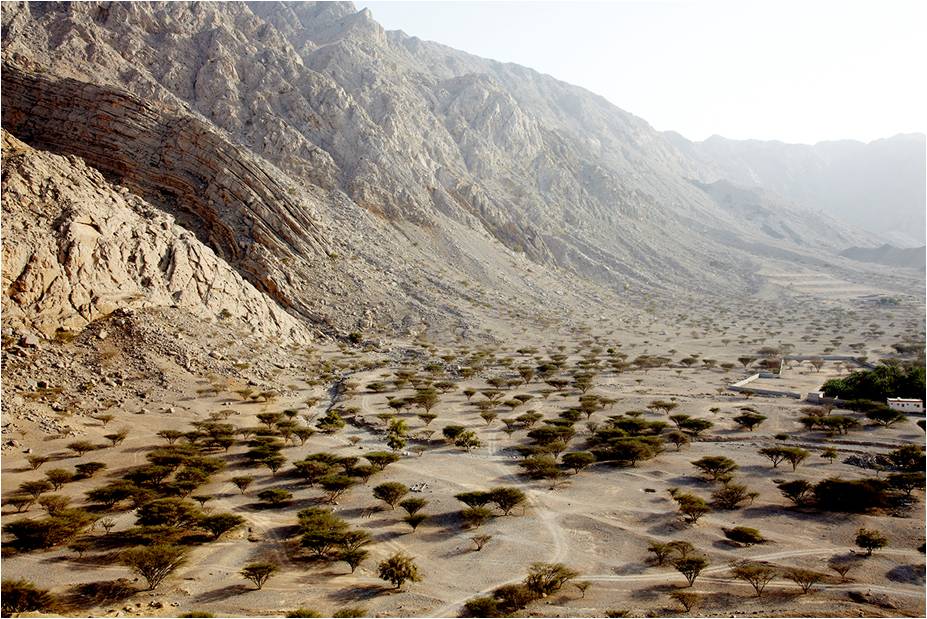 Web Content Viewer
Web Content Viewer
General Information

Ras Al Khaimah is one of seven emirates that joined to form the United Arab Emirates on December 2, 1971, with Ras Al Khaimah joining the UAE on February 10, 1972. The other six emirates are Abu Dhabi, Dubai, Sharjah, Ajman, Ras Al Khaimah, Umm Al Quwain, and Fujairah with Abu Dhabi being the capital of the UAE. The UAE has its own permanent constitution that illustrates the basic rules of the political system as well as the federation’s components and goals.
The emirate is governed by a local government under the leadership and guidance of Supreme Council Member and Ras Al Khaimah Ruler, His Highness Sheikh Saud Bin Saqr Al Qasimi, and Crown Prince Sheikh Mohamed Bin Saud Bin Saqr Al Qasimi.
Originally known as Julfar, Ras Al Khaimah’s history dates back several millennia with it being inhabited for as long. Over time, several historical and archaeological sites have been discovered throughout the emirate – dating from different time periods, including remnants of the Umm an-Nar Culture (3rd millennium BC). As recently as October 2012, ancient graves were found in the Emirate
Today, the emirate boasts many heritage and tourism sites and is also considered the most fertile agricultural land amongst all the emirates. Thus, in addition to an active tourism sector, Ras Al Khaimah also had a vibrant industrial sector. With many widespread development plans in the pipeline, Ras Al Khaimah has an ambitious vision and looks forward to a promising future teeming with development and excellence.












